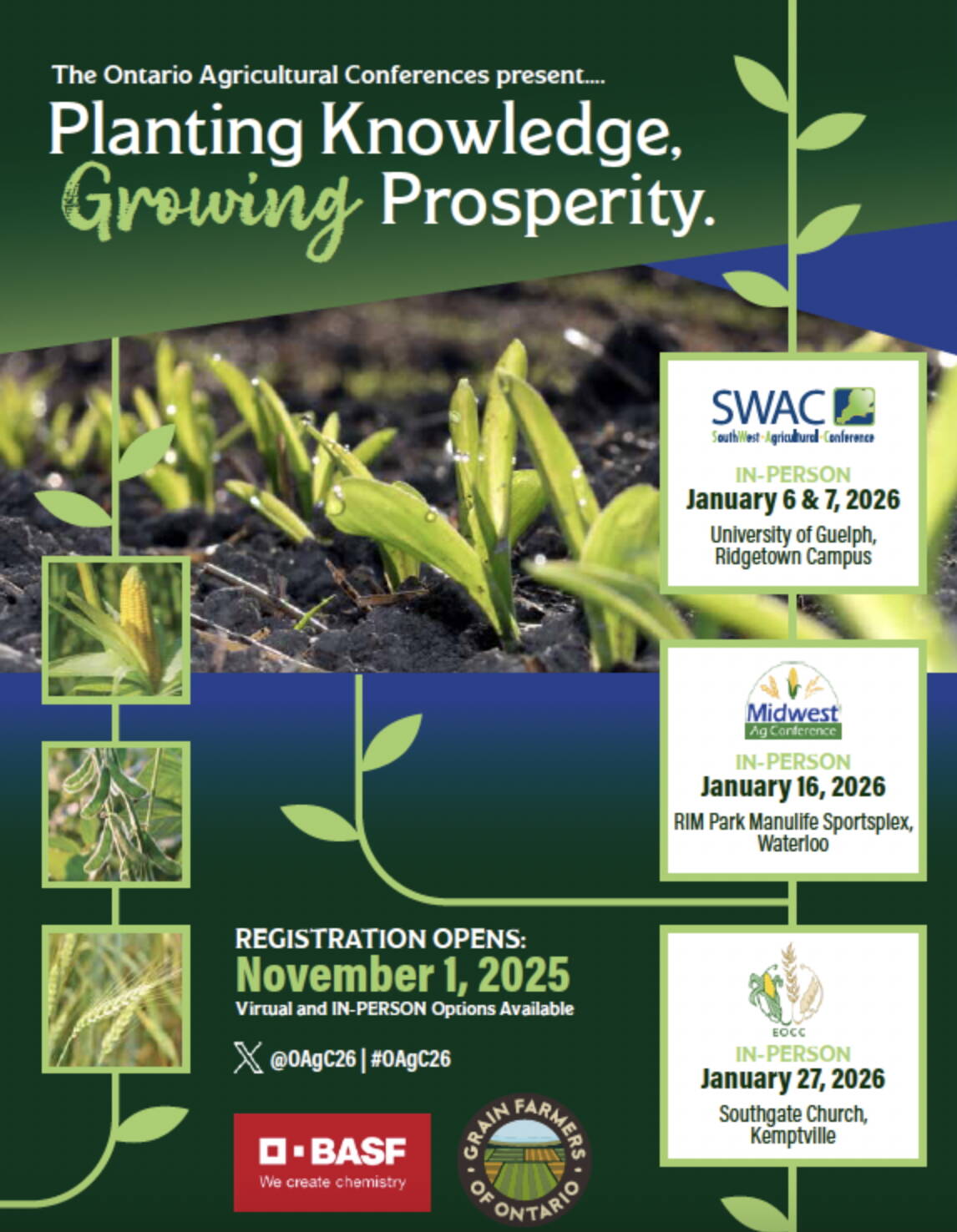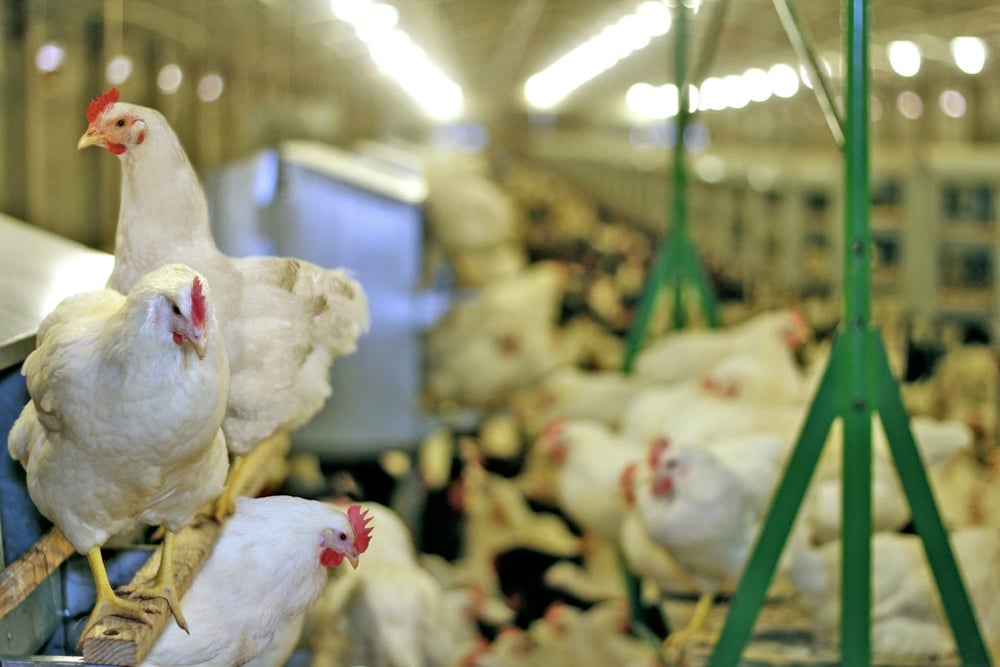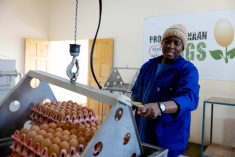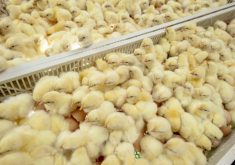New research published recently in the journal Scientific Reports based on the largest-to-date analysis of commercial data on egg-laying hen mortality finds that mortality in higher-welfare cage-free housing systems decreases over time as management experience increases and knowledge accrues.
Societal concern over the welfare of animals used in food production is rising, particularly with regard to the most intensive forms of animal farming, such as those used in the production of eggs. Currently, there are nearly the same number of egg laying hens alive (7.5 billion) as there are people on the planet.
The overwhelming majority are still kept in conventional cages (also known as battery cages), a form of confinement that has been criticized for preventing individuals from moving freely, opening their wings and expressing natural behaviours they have a strong drive to perform, such as nesting, foraging, perching and dust bathing.
Read Also

Ontario Agricultural Conference increases accessibility
The Ontario Agricultural Conference 2026 offers in-person and online access to expert insights, hands-on learning, and networking opportunities.
Some egg producers have argued that the move to cage-free egg production would increase hens’ mortality as they are exposed to greater competition.
The study, authored by Dr. Cynthia Schuck-Paim and others, included data from 16 countries, 6,040 commercial flocks, and 176 million hens in a variety of caged and cage-free systems. Specifically, researchers compared mortality of flocks housed in conventional battery cages to furnished cages, which provide hens with additional space, together with other areas such as a perch, nest and litter substrate to allow them to forage and dust bathe; and to indoor aviaries, or cage-free housing systems.
The authors conclude that mortality in cage-free flocks is not inherently higher than those housed in conventional battery cage systems, but rather declines as managers gain experience and knowledge over time.
“When comparisons are made between systems with similar levels of technological maturity, mortality in cage-free housing is not higher than in caged systems,” said Schuck-Paim. “In fact, the observed trends in the data show that mortality can be lower in cage-free housing if management continues to improve and genetics are optimized for cage-free systems.”
Furthermore, the paper notes that lower mortality or longer survival of hens is not necessarily a good indicator of health or welfare.
“What makes animals suffer is not necessarily what kills them,” said Schuck-Paim. “Unhealthy individuals can suffer for extensive periods in caged conditions before succumbing to their fate, if they die at all; whereas other deaths, for example accidents or predation, may affect otherwise healthy individuals.”
The authors say the findings could reframe the debate on the welfare of laying hens and on the evolution of the egg industry, and highlight the importance of taking the degree of maturity and level of experience with a production system into account when conducting any farm animal health, behaviour and welfare study that compares outcomes across systems.














